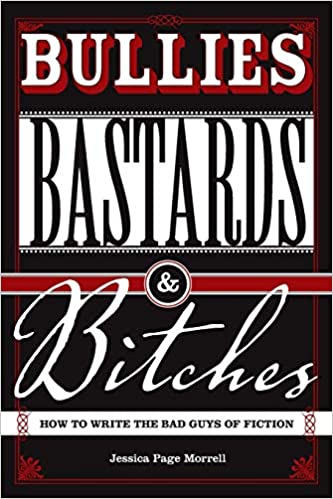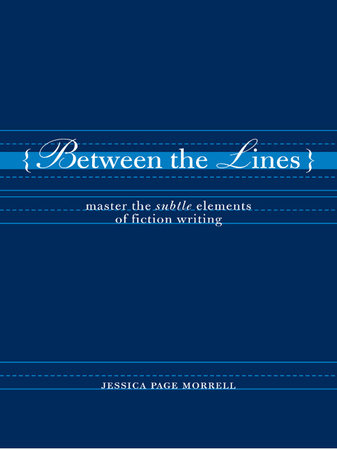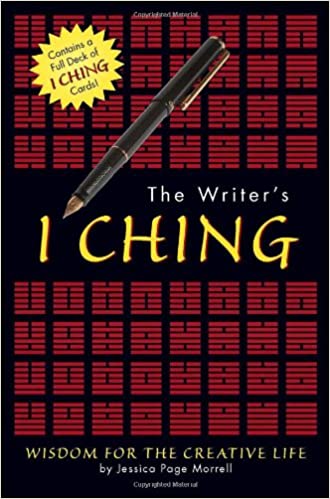We’ve got a changing weather pattern happening that’s destined to hang around after a bout of cold, unseasonal temperatures, waking to frost in May, snow accumulations in the mountains, and profound rainfalls drenching the valleys.
On Sunday I ventured out to a giant, outdoor plant and garden sale wearing a heavy sweatshirt and jeans, tbick socks, wool cap, winter jacket and boots. It was windy, and while the rain wasn’t heavy, at times it felt like ice pellets. And I became so thoroughly chilled as when I got home, grabbed a blanket and made hot tea, it took awhile to warm up.
But there are hundreds of shades of green here and I don’t mean dozens. And I bought five tomato plants and some other beauties so planting them is on the agenda.
Last week I was advising writers to affiliate with other writers for support, comraderie, and knowledge. On the surface this might seem like a simplistic or glib suggestion. But let’s go further on this topic.
Years ago, I met a woman in Portland—I’ve since lost track of her—who once told me that it wasn’t until she was in her late thirties that she realized how vastly different her life might have been if only she’d had a mentor. It was spoken with regret, sadness, and a deep knowing about what she might have achieved more. Lived her dreams. But there weren’t many female mentors around when we growing up. In my case it was teachers and librarians. In her forties, she went back to school and earned a master’s degree and changed professions.
Writers need mentors. Guides. Trail blazers.
And there’s a tribe of thousands still living and countless others who have passed on. Aren’t we incredibly fortunate?
Naturally we read a lot. Our eyes dance along word after word. Our powerful brains render stories as if on a movie screen within. Drink in the exotic smells of a Marakesh bazaar, follows a character transforming from victim to survivor, or a nerd becomes a warrior.
But writers need to look around. Beyond our doubts, our latest not- so great chapter, and coping with a not-enough-alone time-schedule. We need to seek out big-hearted souls who will suggest strategies for getting words on the page, for crafting intricate plots, and then for getting our words out into the world. We need to meet writers who can throw an arm around our weary shoulders. We need to stay engaged.
so great chapter, and coping with a not-enough-alone time-schedule. We need to seek out big-hearted souls who will suggest strategies for getting words on the page, for crafting intricate plots, and then for getting our words out into the world. We need to meet writers who can throw an arm around our weary shoulders. We need to stay engaged.
Some mentors we’ll find in books, some we’ll meet, some we’ll hire to help us along. But don’t ever forget: this is not a go-it-alone profession.
Like most writers I read a lot as a kid. If I didn’t have a current book I’d reread a classic or tackle a volume of our Collier’s Encyclopedia. I was also drawn to biographies. From my vantage our small northern town didn’t hold a lot of inspiring types so I sought out exemplars from the pages of books.
When I was younger I started studying authors whose works would shine a light on my hidden dreams: F Scott Fitzgerald, Truman Capote, Eudora Welty, John Steinbeck, Shirley Jackson. Not all were role models, but their stories could be deciphered, their techniques dissected. In my twenties the list grew: Maxine Hong Kingston, Zora Neal Hurston, MFK Fischer, Marge Piercy, William Styron, I read Michner’s sprawling tomes for their scope and narratives. And wanted to know how he gathered the research materials for his books, and then wove them into a tale.
As I’m typing here again it’s midmorning and I’ve gone outside to water windows boxes and hanging planters and the birds’ morning chatter and songs have died down some. And I realized that I’ll never be able to recall or list all the authors, novels, and nonfiction books that left their mark on me. But I’ve never forgotten the Joad family in Grapes of Wrath or that final intimate scene that gives hope. Or how Holden Caufield felt like a brother from another mother. Then there was the shocking ending of Shirley Jackson’s “The Lottery.” Or the heartbreak in Tillie Olsen’s “As I Stand Here Ironing.” These stories changed me and never left my cellular memory. But there are so many more.
 In my thirties I was figuring out the suspense genre, realizing that Sue Grafton had created a singularly quirky protagonist in Kinsey Milhone, with a both vulnerable and hardened view of life. An inner aloneness that seemed impenetrable. I read every Robert Parker Spenser book and appreciated the enterwining of his lady love and sidekick Hawk into the storyline. Learned from Grafton and Parker that voice, and how a POV character’s self deprecation and snark went a long way in creating a series.
In my thirties I was figuring out the suspense genre, realizing that Sue Grafton had created a singularly quirky protagonist in Kinsey Milhone, with a both vulnerable and hardened view of life. An inner aloneness that seemed impenetrable. I read every Robert Parker Spenser book and appreciated the enterwining of his lady love and sidekick Hawk into the storyline. Learned from Grafton and Parker that voice, and how a POV character’s self deprecation and snark went a long way in creating a series.
After my books began being published and I received invitations to speak or teach at conferences and I started meeting mentors. Jane Friedman, publishing guru, formerly the publisher at Writer’s Digest Books, comes to mind. She sat in on a workshop I taught at a writing conference and afterward approached me to write Between the Lines.
A few years later I was at dinner with her and other authors teaching at a conference in Pennsylavania. And a well-known suspense author predicted Friedman was going far, had just begun what would be an amazing career–even though she was already a publisher in her thirties. Because she’s brilliant. Friedman is now a leading go-to expert about the publishing business. The biggest lesson I’ve learned from her is to keep up with changing times, because the pubishing industry has evolved into something almost unrecognizable. Because who could have predicted downloading a book in mere seconds and reading it on a device?
Hanging with other authors was eye opening, but then life provides so many moments and experiences to surprise and teach us, doesn’t it? This meant dinner conversations, green room chats, and listening to keynote addresses. And I interviewed authors like Diana Gabaldon of Outlander fame–this was after I’d borrowed her fashion sense. I gathered my own collection of flowy skirts and silky shawls and I wanted to sort of float across rooms like she did, minus her long black hair. Before I met Diana, I met her fans, the Ladies of Lallybroch, dressed in homespun dresses and shawls –they too wanted Diana’s touch in their lives.
She’s witty, highly educated, is in a long-term marriage, has 3 adult children, and lives in Arizona. When I interviewed her she took me inside her research techniques {her series starts in the 1700s in Scotland} and her writing method–of following a snippet or small detail, and then building from these instinctual threads. Something that struck me was how she structured her days, How she walked five miles a day and went to bed early, then got up a few hours later and wrote in the quiet of nightime. Then she’d go back to sleep and write again in the morning. I’ve never forgotten our conversation.
Then I started creating my own conferences and inviting fabulous writers to teach at them. I’m frankly rich in mentors.
Hhhhmmm. WordPress–so sly–has pubished this again without my permission if I might be so bold. This pubishing when you don’t press the publishing button was happening a lot a few years ago, and now it’s happening again. Going to search for answers, but not today. To be continued…
Hello out there, I truly don’t mean to leave you dangling wwithout finishing these articles I’ve begun. Besides a busy schedule, I’m suffering from toxic smoke inhalation–my neighor’s house burned a few days ago. Our back yards adjoined and while standing in my back yard and watering away to save my trees, I took in too much smoke. I was so intent on tree-saving that I didn’t don a mask as I should have, and also left a window open in my house. Facing the fire of course.
Be well out there.






Leave a Reply